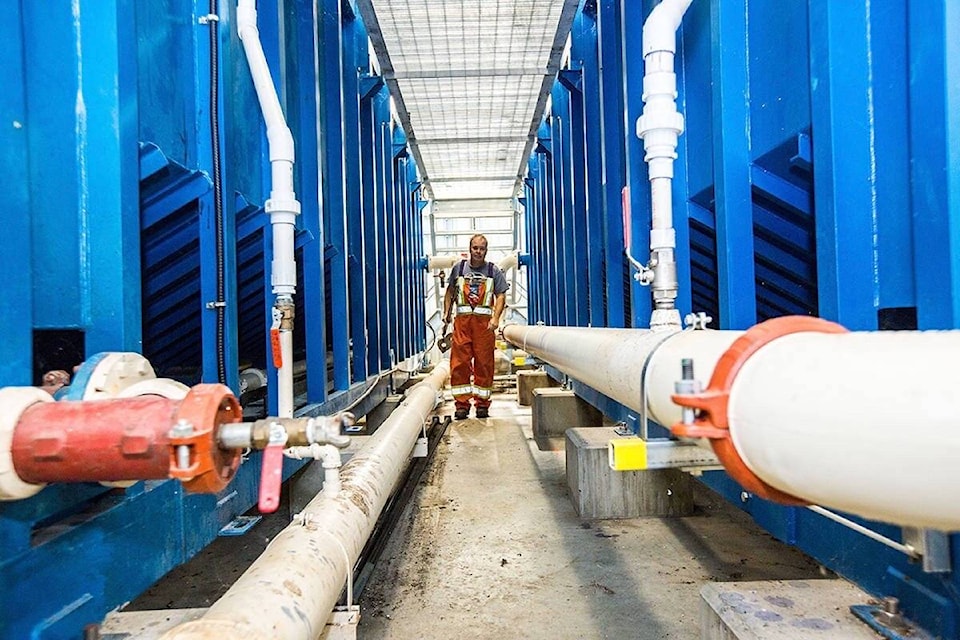So far, it seems the Comox Valley has dodged a bullet as rainstorms and mudslides have caused havoc in the south Island, Lower Mainland and other parts of B.C.
Would our pumping station survive if we were hit by heavy rain? Are sewer and water systems at capacity?
Kris La Rose, senior manager of water/wastewater services at the Comox Valley Regional District, said work conducted in recent years has the Valley better positioned than it had been about five years ago. In terms of sewer system capacity, a $73 million conveyance project will replace pipes and upgrade pump stations that move more than 14,000 cubic metres of raw sewage each day to the treatment plant on Brent Road. It won’t be complete until late 2024, but it will generate significant capacity at pump stations.
“In the interim, things are pretty tight at our pump stations,” La Rose said. “We are vulnerable to extreme rain events, especially ones that are back to back, and combined with high tides. If a peak rain event occurs during a period of lower tides, it’s not a major issue for us, but when it occurs at the same time as a high tide, we do experience problems.”
The way the rains affect the sewer system is inflow and infiltration (I&I), La Rose noted. The more groundwater there is, the higher the groundwater table. The more it leaks into pipes and manholes, and more overland flow of rain.
“It (I&I) can result in three to four times higher flows during those rain events than we see in the middle of summer, when all that’s coming through the pump stations is what people flush down the drain,” La Rose said. “The city and town both have I&I programs to try and reduce that amount.
“On the water side, we’re good,” he added, noting boil water advisories are a thing of the past since the treatment project was completed.
From a water system perspective, La Rose said the Valley wouldn’t be impacted by a major event, unless it was a localized landslide that affected water infrastructure. It’s on the sewer side where capacity issue comes up.
Several years ago, the Courtenay pump station was nearing its hydraulic capacity. But a couple of projects have helped, such as the deconstruction of the Greenwood and Hudson sewer trunk lines in 2018.
“Those have allowed us to divert quite a bit of flow from the Courtenay pump station,” La Rose said. “That provides a little more comfort during those peak rain events.”
The City of Courtenay has a project underway, also called Greenwood, that will tie into the Greenwood Trunk built by the CVRD in 2018. It will divert wastewater from the area around Lerwick and Ryan.
Last year, the district also completed an equalization basin at the wastewater treatment plant, which diverts some flows.
“That greatly mitigates the chance of any overflow happening at that treatment plant,” La Rose said.
In Cumberland, a new water system has capacity for both supply and treatment. The Long Range Water Supply Strategy indicates the village has surface water storage capacity until 2045, and a licence withdrawal that will max out in 2040, based on a three per cent growth rate. The new treated water reservoir is good until 2040 along with the new water treatment plant.
Sewer treatment is close to being at capacity, which is why the Village is working on upgrades. These improvements are part of the Waste Water Treatment Plant that is in the design phase.
reporter@comoxvalleyrecord.com
Like us on Facebook and follow us on Twitter
